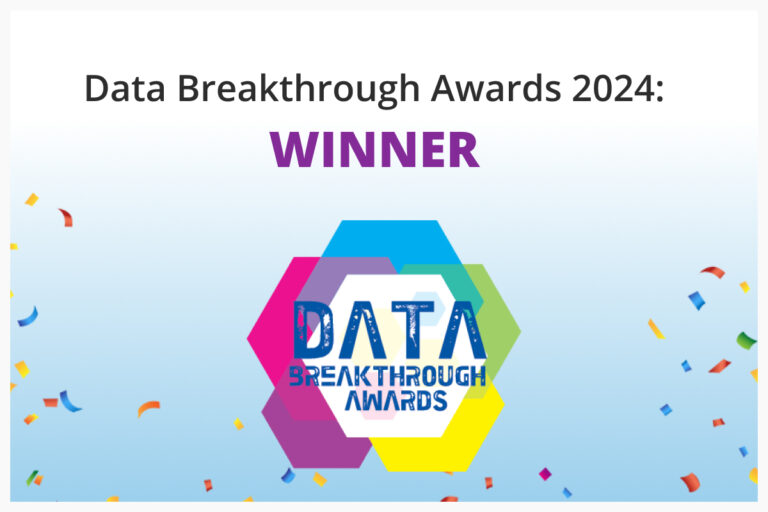Data archiving is a process that saves companies significant amounts on their storage costs. How effective your data archiving strategy turns out to be mainly depends on how you choose to archive and which company you choose to handle it.
Improving Your Data Storage Solution with Data Archiving

Data archiving (also called data tiering) is a process that saves enterprise organizations significant amounts on their data storage costs. How effective your data archiving strategy turns out to be mainly depends on how you choose to archive and which company you choose to handle it.
At Komprise, we’ve spent years helping businesses from around the world understand, archive, and optimize their data storage systems, so we’ve seen many different ways in which traditional archiving and storage tiering have fallen short over the years.
Here are 7 data archiving pitfalls to look out for as they can have a major impact on your data storage cost savings:
- IT involvement in file retrieval – In traditional archiving systems where cold data is physically moved off of primary storage devices, the user must often go through the hassle of filing an IT ticket to get access to those archived files. This is a frustrating time-sink for both parties and should never be tolerated in an archiving solution.
- Inefficient manual archival workflows – The way in which cold data is identified and approved for archiving in many traditional archiving plans can be a headache. Both sides have to approve of the file/directory/volume in question and the process must be repeated often.
- Requires entire projects to be archived – One of the biggest disadvantages with older archiving systems many companies offer is the limitation in which files can be archived. Most traditional archiving only allows for entire projects, volumes, or directories to be archived rather than storing specific files, which are used less frequently.
- Stubs add latency and risk – Hierarchal Storage Management (HSM) plans often use proprietary interfaces, such as stubs, which can slow down the rate of retrieval from the data archive and increases the risk that the data will be lost to corruption.
- Erodes significant backup savings – Unfortunately, many storage tiering plans have their archiving architecture set up in a way that lessens the benefits that archiving offers. In some cases, capacity storage used in tiering solutions are significantly slower at retrieving files when compared to primary storage and may even lengthen the backup window.
- Lock-in – The inability to switch vendors is one of the biggest red flags when looking for a data archiving solution, but many companies don’t reveal this limitation until after you’ve signed up.
- No native access on target – Since storage tiering moves entire blocks of data to the secondary storage, these files are often unable to be directly accessed on secondary storage if they need to be.
Want to learn more about how your data storage savings can be affected by the way archiving is done?
Download our brief by completing the short form below, or contact us to get in touch with a data management expert at Komprise.



